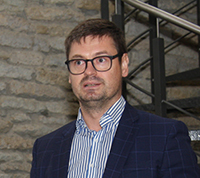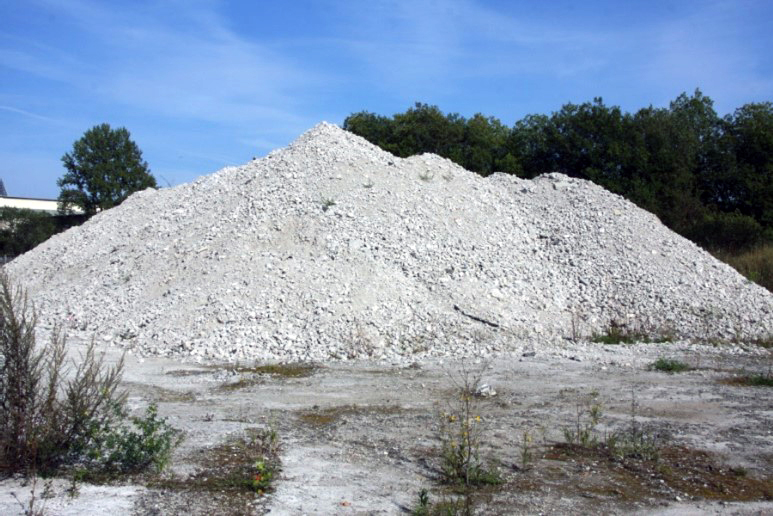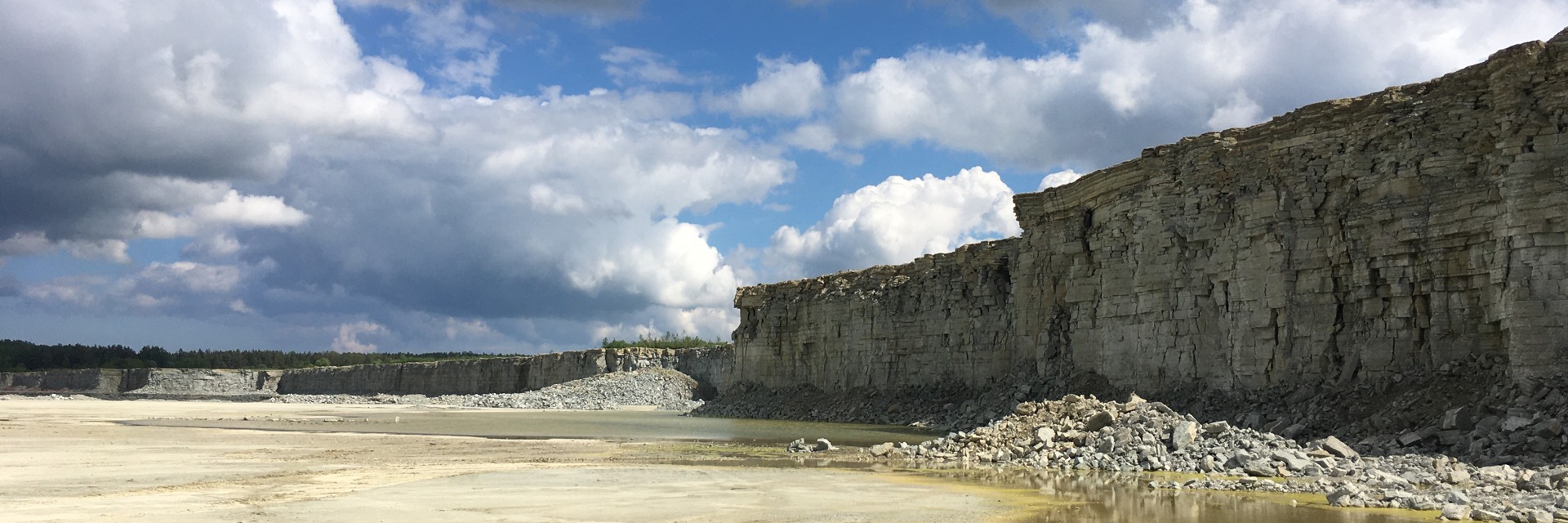Aru-Lõuna limestone quarry i Estonia
Heidelberg Materials introduces recycled materials to the Estonian market
"In Kunda, we've made a significant step towards circular material use," says Riho Iskül, Director of Mining Operations and Transport at Heidelberg Materials Kunda.

Over a year ago, Heidelberg Materials began planning the recycling business as part of its aggregates´ operations in Kunda, Estonia.
Recently, the necessary Registration Certificate in waste management from the Estonian Environmental Board was obtained allowing for the receival and processing of up to 30 million tons of various construction and demolition waste, as well as excavated materials.
Construction and demolition waste, along with excavated materials from the surrounding area, will be received, processed - sorted, crushed, and screened - and then redirected for reuse.
"Considering the limited availability of natural resources, and with the skills and vision we have at Heidelberg Materials to recycle materials, we can now prevent good materials from ending up in landfills," explains Riho Iskül, Director of Mining Operations and Transport at Heidelberg Materials Kunda.
He says that among other things, crushed concrete can now be used in the production of concrete at Heidelberg Materials` concrete plants in Estonia. “This way we not only reduce our environmental footprint, but also meet the growing demand of our customers who seek sustainable solutions,“ explains Iskül.
Excavated materials are screened
Quality assurance is a crucial part of the recycling process. To ensure quality, excavated materials are screened, and calcium-rich limestone powder or fresh soil is added according to customer needs. Aggregate is also screened, and hard materials, such as concrete and bricks, are processed into specific fractions. In certain cases, longer or simply crushed fractions can be offered, precisely tailored to customer expectations.
“Inevitably, some material generated during recycling will need to be landfilled, explains Iskül and continues: “We have adjusted our quarry restoration project, allowing all by-products to be used for quarry reclamation, thereby saving virgin materials."
J. Viru Markšeideribüroo and the Environmental Board made significant contributions to the realization of Kunda circular economy business. “Our collaboration with them was excellent, as they understood the project's value to the region," says Iskül.
Since there are still unauthorized waste disposal sites in Kunda area, the next step now is to promote and guide the principle of circularity. “We aim to foster a similar attitude towards nature among other companies in the region. Our goal is to recycle as much material as possible rather than landfilling it,” concludes Iskül.

A pile of crushed concrete. This pile of crushed concrete in Kunda will soon find new purpose in construction projects.

A pile of crushed concrete. This pile of crushed concrete in Kunda will soon find new purpose in construction projects.


